From Marie Windsor’s character in “The Killing” telling her wounded husband (played by Elisha Cook, Jr.) to cab to the hospital because she doesn’t feel like calling an ambulance to Grace Kelly fending off her attacker and foiling the eponymous plot in “Dial M for Murder,” on-screen femmes fatales claimed their power at the TCM Classic Film Festival April 25-28 in Hollywood.
The film noir slate was particularly rich as was the experience of seeing these film on the big screen – the lighting, the compositions, the close-ups all popped in a way that just doesn’t happen when you watch these titles on TV. Additionally, the festival does a splendid job of finding guests to introduce the films.
At Thursday’s screening of “The Killing,” actress Coleen Gray shared memories of working with director Stanley Kubrick on what would turn out to be his break-though movie. “I knew he was good,” she said. “The cast is wonderful. The story, the director and the actors are in tune. And look at the cutting – it was cut to create a masterpiece. You go and see it and you bow to Mr. Kubrick.” She added that Kubrick spent much of his directorial energy working with Marie Windsor on her hard-as-nails dame Sherry Peatty.
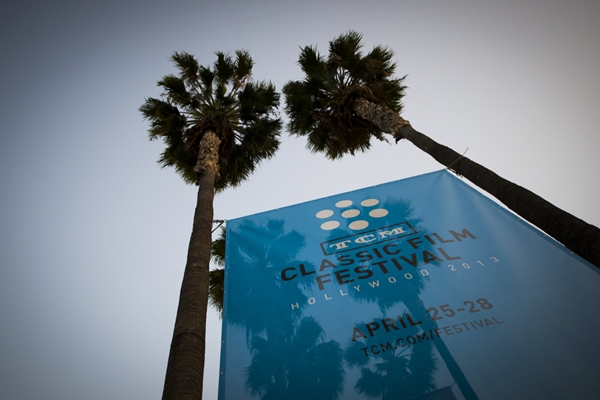
There was film noir aplenty at the TCM festival as well as special guests, panels, a poolside screening and parties. Photo by Edward M. Pio Roda
Fans of Ms. Windsor’s got another chance to connect with her at Friday’s screening of “The Narrow Margin.” The special guest was actress Jacqueline White. Also during that time slot producer Stanley Rubin reminisced about Marilyn Monroe, Robert Mitchum and Otto Preminger before a showing of 1954’s “River of No Return,” a stunning example of CinemaScope’s capabilities.
“[Marilyn] and Otto didn’t like each other and so we became very friendly. She was a perfect lady,” he said, adding that she was friendly and professional with Mitchum as well.
Watching Monroe and Mitchum, at the height of their physical radiance in this picture, ignited in me a newfound passion for Westerns. (Believe me, this is quite a feat.)
It’s always a toss-up when deciding between a beloved classic and a little-screened rarity. We at FNB decided to mix it up a little and forgo “Notorious,” which I often liken to a glass of Veuve Clicquot, for the chance to see a 1956 Jean Gabin black comedy “La Traversée de Paris.” Gabin is always good, but the film is uneven, without much tension or humor, a bit like a flabby claret.
A much better rare treat was the definitive British film noir “It Always Rains on Sunday,” (1947, Robert Hamer), set in London’s East End, featuring a Jewish family and starring John McCallum as prison escapee Tommy Swann and tough yet oddly dainty Googie Withers as his ex-gf. The Film Noir Foundation’s Eddie Muller introduced the film, noting that it was less a crime flick than an effective portrayal of the plight of the poor and downtrodden.
We watched this with our friend Debra Levine of artsmeme.com. Our verdict: It’s a good, engaging film but what makes it great is the sleek, striking cinematography. “Tommy made some poor choices,” Ms. Levine overheard someone saying as we left the theater. Aah, but we all know that “choice” is but a futile joke in the world of film noir!
Another Friday highlight: the lovely and gracious Eva Marie Saint discussing “On the Waterfront.”
The next morning, early birds were rewarded with a talk by Polly Bergen at the screening of “Cape Fear,” one of Robert Mitchum’s most menacing roles. Later-risers could head to the Egyptian Theatre for the West Coast restoration premiere of 1929’s “The Donovan Affair” with live actors (from Bruce Goldstein and company) and sound effects to recreate the lost soundtrack.
Next up was a film noir must-see: “They Live by Night” (1949, Nicholas Ray), the quintessential young-lovers-on-the-run story, with an appearance by his widow Susan Ray and introduction by Eddie Muller. Commenting on Ray’s exploratory directing style, she said: “He did not go in with a preconceived idea of what should happen in a scene. He would set it up, light a fuse and watch. He would prod or provoke if necessary. He didn’t impose truth, he looked for it.”
And on Ray’s interest in telling the stories of young people, often loners or societal outcasts, she noted: “He saw the juice, potential, openness and flexibility of youth and he loved it.” Nick Ray’s gift as a visual poet is never more apparent than when you see “They Live by Night” on the big screen.
Continuing the noir mood was “Tall Target” (1951, Anthony Mann), a period noir, starring Dick Powell, Paula Raymond and Ruby Dee, based on an actual plot to assassinate Abraham Lincoln before he could take the oath office in 1861. Film historian Donald Bogle gave an insightful introduction.
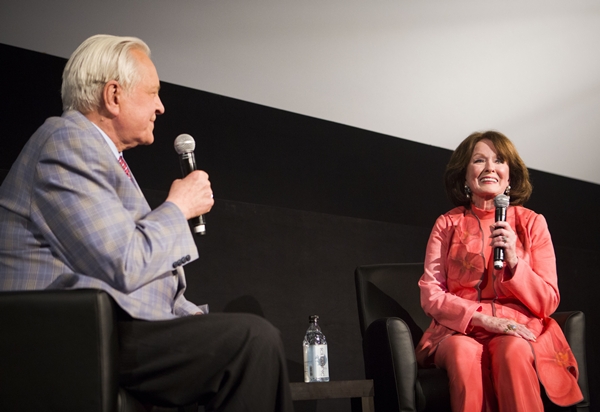
Bob Osborne chats with Ann Blyth before Saturday night’s screening of “Mildred Pierce.” Photo by John Nowak
Then it was back to the Egyptian, where the line for “Mildred Pierce,” snaked down a busy side street of Hollywood Boulevard. Special guest actress Ann Blyth said of Joan Crawford, the film’s mega-star: “I have nothing but wonderful memories of her. She was kind to me during the making of the movie and she was kind to me for many years after.”
Popcorn, Coke, Raisinets and watching Crawford pull out all the shoulder-padded stops – what more could a noirista wish for?
Sunday morning kicked off with a choice between “Badlands,” “Gilda,” or sleeping in a bit and we hit snooze. Sorry. They don’t call me Lazy Legs for nothing. Our first movie was 1973’s “Scarecrow,” starring Al Pacino and Gene Hackman – it was one of the best and most resonant films we’ve seen in a long time. The acting is tremendous in this great-looking film, which won the Palme d’Or at Cannes. Director Jerry Schatzberg discussed his work in a pre-film chat with Leonard Maltin.
Afterward, we managed to catch the very noirish “Safe in Hell” (1931, William Wellman), starring Dorothy Mackaill as a streetwise blonde who holds her own among a slew of unsavory men while she’s hiding out in the Caribbean. Donald Bogle introduced the movie and William Wellman, Jr. answered questions afterward.
A great way to wrap up the fest, before heading to the after-party at the Roosevelt Hotel, was a 3-D presentation of “Dial M for Murder.” Leonard Maltin and the always-entertaining actor-producer-director Norman Lloyd, 98, discussed 3-D and the working methods of Alfred Hitchcock. This Hitchcock gem, a perfect example of his subversive casting, is often underrated so we particularly enjoyed seeing it; we noticed that just about every seat was taken.
Hats off to TCM for another superb film festival! The staff does an excellent job running every aspect of this event and it is much appreciated.
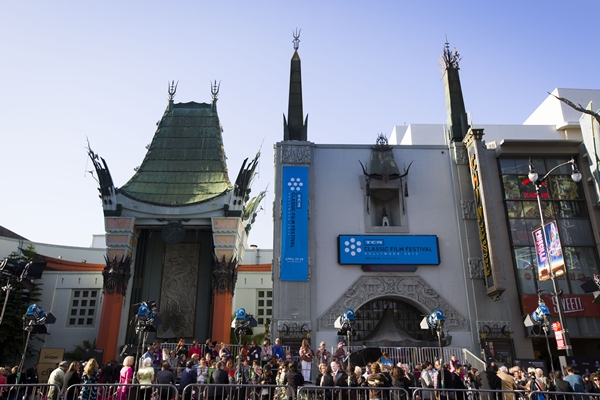

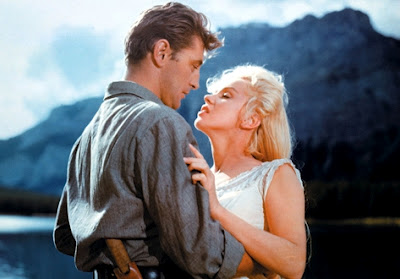

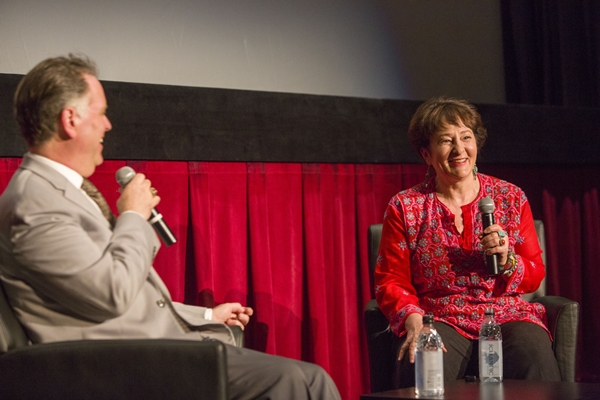
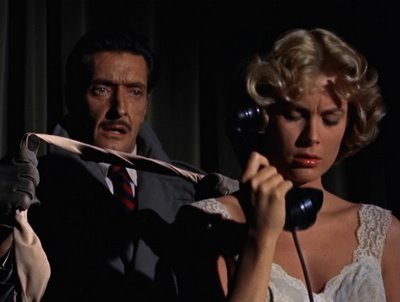





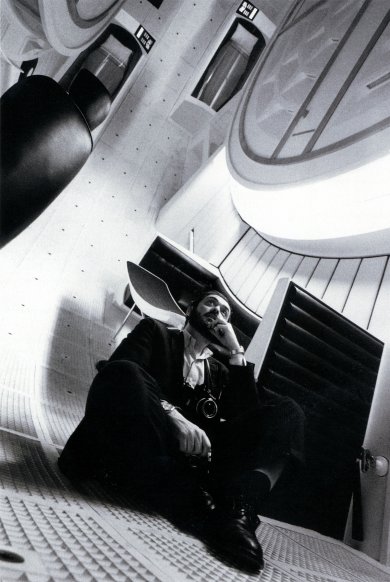
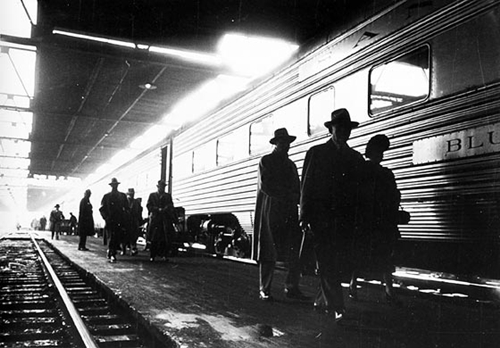
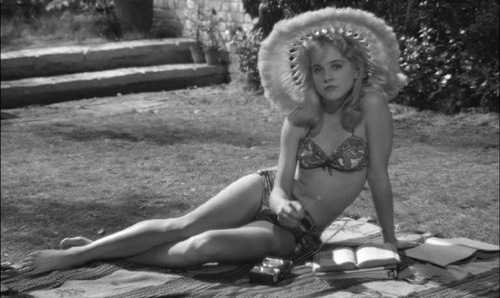
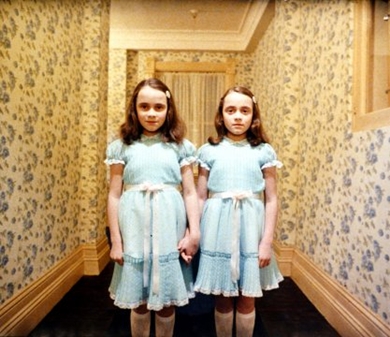
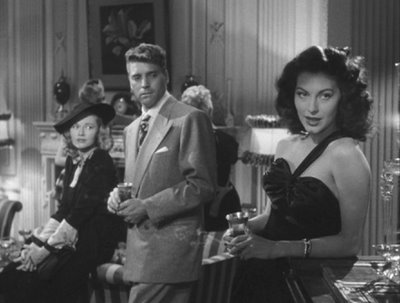
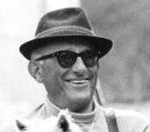
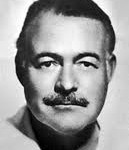
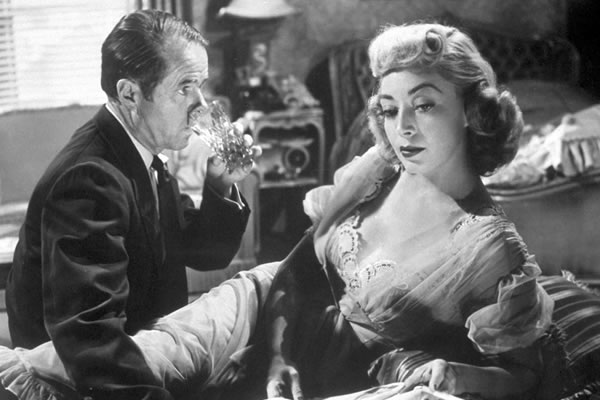
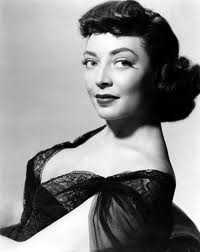
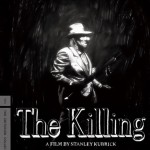
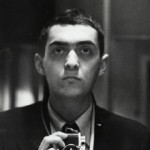
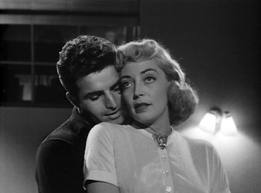
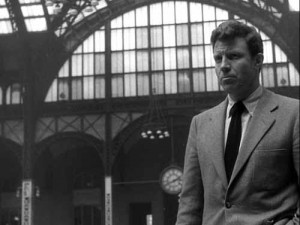
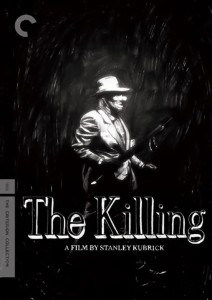
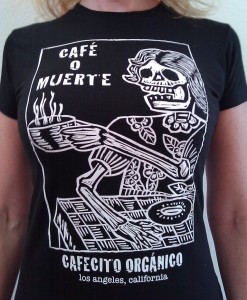
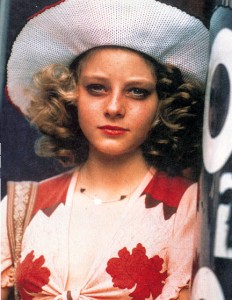





From FNB readers